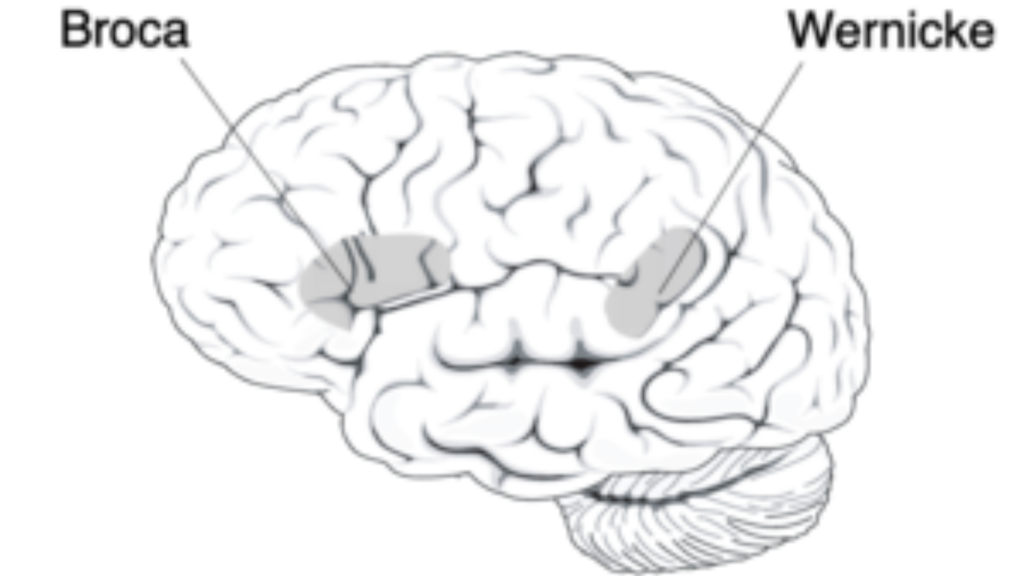Language is a uniquely human ability. The average person’s vocabulary consists of about thirty thousand words, although there are individual differences in the ability to learn a new language. It has long been believed that language acquisition depends on the integration of the information between motor and auditory representation of words in the brain, but the neural mechanisms that lie behind learning new words remained unclear.
Now, a study made by researchers from the group of Cognition and Brain Plasticity at the Bellvitge Biomedical Research Institute (IDIBELL) and the University of Barcelona, with the collaboration of researchers from the King’s College of London, provides information on neural pathways involved in word learning among humans. The key is in the arcuate fasciculus, a bundle of nerve fibers that connects auditory regions at the temporal lobe with the motor area located at the frontal lobe, in the left hemisphere of the brain. Individual differences in the development of connections in this bundle condition the ability to learn new words. The results of the study are published in the journal Proceedings of the National Academy of Sciences (PNAS).
The study involved 27 healthy volunteers. Researchers made them listen nine artificial trisyllabic words with no meaning associated and with structures similar to the words of the Spanish language. Between each word there was a 25 millisecond pause, imperceptible but enough to help the learning of words in fluent speech. The nine words were randomly repeated 42 times. In order to acquire additional information on the brain structure and function two noninvasive MRI techniques were used. Before carrying out the task of word learning, researchers registered structural brain images using a technique called diffusion tensor imaging. This technique, very innovative, allows to reconstruct a posteriori the white matter fibers that connect the different brain regions. In addition, while participants listened to the words, the researchers recorded their brain activity using functional MRI, which can detect very accurately, in real-time, the brain activity and, therefore, the regions that are most active when the individual performs a given task. After this phase of language learning, participants heard a series of words and asked to identify those who had heard during the learning phase.
The researchers found a strong relationship between the ability to remember words and the structure of arcuate fasciculus, which connects two brain areas: the territory of Wernicke, related to auditory language decoding, and Broca’s area, which coordinates the movements associated with speech and the language processing. The participants who were able to learn words better, had the arcuate fasciculus more myelinated, according to a correlation analysis with an indirect index of the content of myelin in nerve fibers. Furthermore, the synchronization between the activity of the regions connected by this fasciculus was higher in these participants.
The first author of the article, Diana López-Barroso stresses that the research sheds new light on the unique ability of humans to learn a language, since there are different connection models between these brain regions in other species. In addition, Lopez-Barroso, explains that the study may be useful in the rehabilitation of people with injuries at the arcuate fasciculus. “In this case, we can find another way to get to the same place”, says the researcher. This other way could be the ventral pathway, another bundle of nerve fibers that also connects Broca’s and Wernicke’s territories but that passes through lower brain areas. “The ventral pathway, which is more related to the processing of the meaning of words, would give a semantic support to word learning in people with injuries”, says the first author of the article.
Reference
López-Barroso D, Catani M, Ripollés P, Dell’Acqua F, Rodríguez-Fornells A, de Diego-Balaguer R. Word learning is mediated by the left arcuate fasciculus. PNAS.

